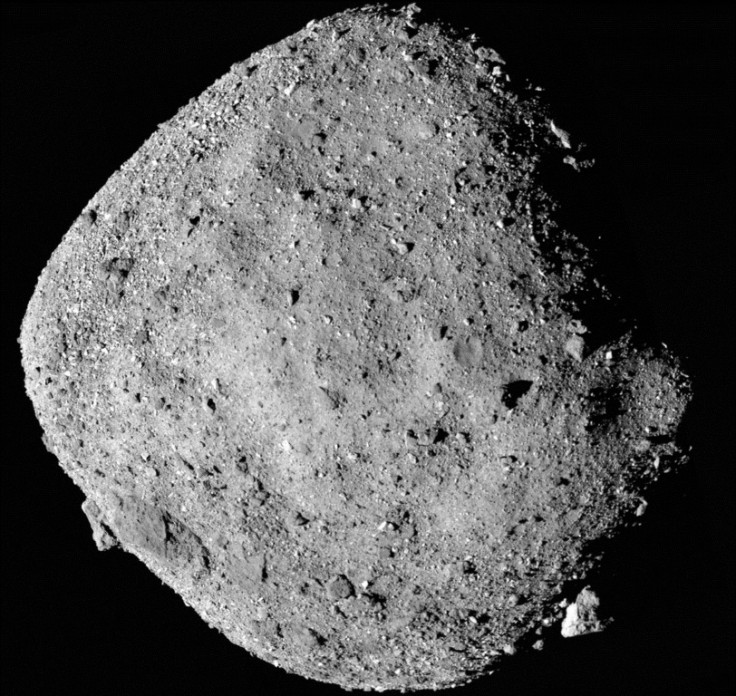Asteroid 2022 OE2 closely approaches Earth for the second time
Asteroid 2022 OE2 is part of the Apollo group of asteroids and is classified as a Near-Earth Asteroid (NEA).
NASA's Asteroid Watch reports that Asteroid 2022 OE2, measuring approximately 213 metres, passed Earth today, at 5:23 A.M. BST, from a distance of 5,190,000 kilometres.
Asteroid 2022 OE2 is part of the Apollo group of asteroids and is classified as a Near-Earth Asteroid (NEA). NEA asteroids have an expected lifetime of 10 million years and are expected to either be ejected from the Solar System due to gravity or collide with a terrestrial planet.
2022 OE2 travelled at a velocity of 32.18 kilometres per second (km/s). Compared to the 0.06929111111 km/s top speed of a Rolls-Royce Ghost Model, the asteroid travelled approximately 464 times greater.
The asteroid was a massive 213-metre wide. That's about one and ⅕ as tall as St. Paul's Cathedral. Asteroid 2022 OE2 was also observed to have had an unusually wide orbit. The Laboratory for Atmospheric and Space Physics (LASP) says that those of its kind and their orbits are usually found in and limited to the region between the orbits of Jupiter and Mars. Meanwhile, this particular asteroid's orbit stretches as far as Mercury and Jupiter's orbits.
Asteroids are considered minor planets of the solar system and are made of clay and silicate rocks. These celestial bodies orbit the sun and are much smaller than planets. Most asteroids are located in the belt between the orbits of Mars and Jupiter.
This is not the first time that this asteroid has approached our planet. In 1949, the same asteroid was recorded to have passed Earth's orbit from a farther distance. Though classified as an NEA, scientists say there is no threat of OE2's collision with our planet as the Small-Body Database Lookup of the Jet Propulsion Laboratory released that this recent event is the closest that asteroid 2022 OE2 will ever reach Earth's orbit. Their report predicts that it will not come into contact with Earth again until 2090.























